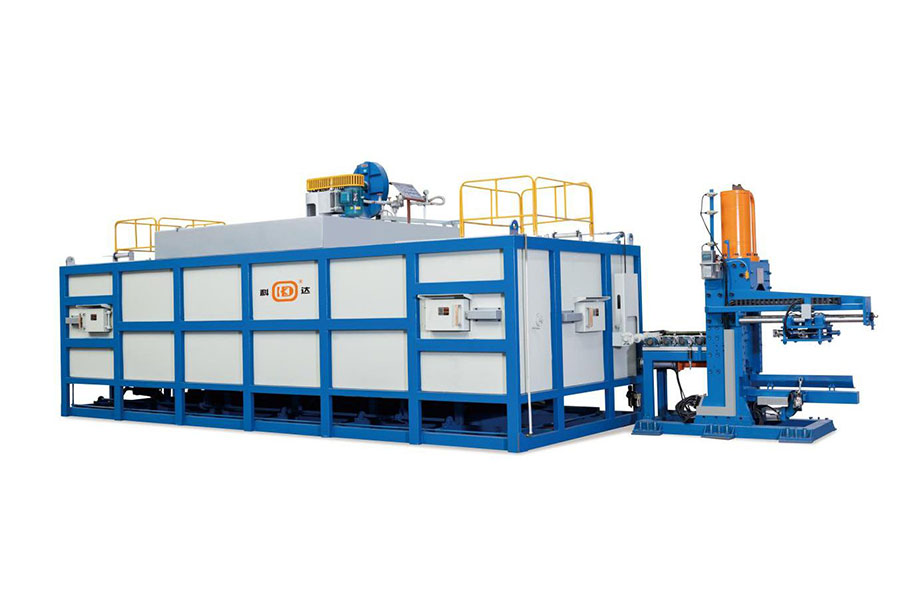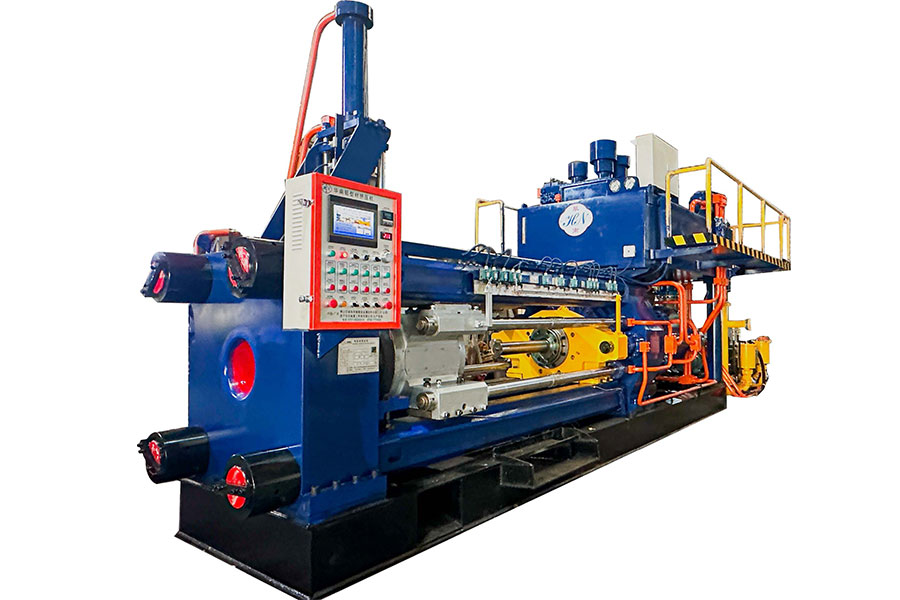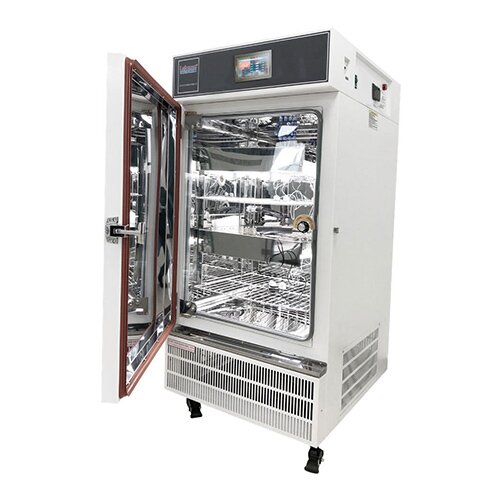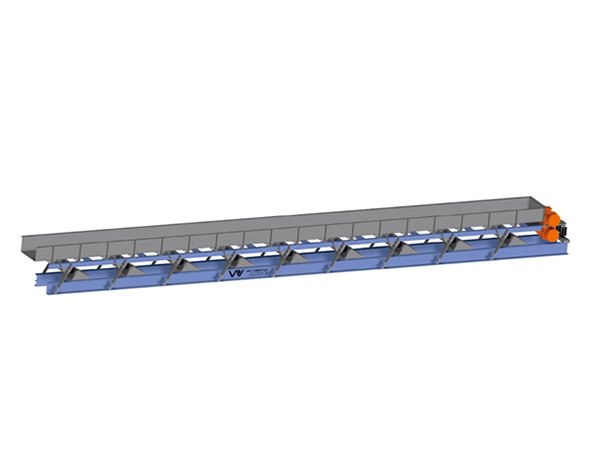What steps and equipment are required for aluminum production?
You may be curious about how aluminum is made. From aluminum bars to the aluminum we commonly see, it has to go through a variety of processes and is made by a variety of equipment. Below we will introduce several of the most common aluminum production machinery and equipment.
1, Automatic Multi- Billet Hot Shears Furnace. The original aluminum billet is several meters long, which requires the aluminum billet to be cut and heated before the heated aluminum billett can be extruded. Automatic multi aluminum billet hot shears furnace is the newest production equipment which combine heating engineering ,mechanism ,automatic control system , hydraulic , photoelectric and thermometry in one .It is consist of aluminum bar feeding drive transport rack ,furnace ,hot shears, electricity control system and so on .

2, Aluminum extrusion machine. This is a machine that makes aluminum billet into basic aluminum Profile materials. The heated aluminum bar (the length of the aluminum bar is less than half a meter) is squeezed by strong hydraulic pressure. When the aluminum billet is squeezed by the extrusion pressure and passes through the small hole of the mold, the basic aluminum material can be formed.
3, Infrared Die Heating Furnace. Before placing the die into the aluminum extruder, the die needs to be heated. Infrared die heating furnace use iron aluminum alloy wire ,features: high efficiency and energy saving. There installed infrared radiation plate behind of the iron aluminium alloy wire which can reflect heat back to the furnace effectively , radiation plate, iron aluminum alloy wire composed of a set of infrared heater, the heating way is first radiate the heating energy in form of electromagnetic energy to the furnace hearth,then the mold absorb the electromagnetic energy and converted into heat energy.

4, Automatic Double Puller (Three Heads).This machine is used to extrusion profile traction and cutting operation. The aluminum coming out of the aluminum extruder needs to be pulled and cut to length and placed.The profile is led out of the mold cavity straightly and cooled under tension, preventing the profile from being uneven in length, hanging, or twisting, thereby improving the quality of the aluminum material.

5,Handling Table Production Line. The main function is to place and cool the aluminum. The temperature of the aluminum coming out of the extruder is relatively high and needs to be cooled naturally before the next step of processing.

6, Aluminium Profile Double Doors Ageing Furnace. Aluminum profile ageing furnace is the equipment in the process of aluminum profile heat treatment. The extruded aluminum profile needs aging heat treatment before it undering electrophoretic polishing and oxidation surface treatment technology. Aging of aluminum profile is one of the key processes of heat treatment. The heating rate and the uniformity of furnace temperature are strictly required in this process, and the aging temperature of the process is mostly (210 ±5) ℃.

In addition to the above important aluminum production equipment, there are some frequently used equipment, such as: Nitriding Furnace, Film Laminating Machine, Wrapping Machine, Hot top Casting table.
















